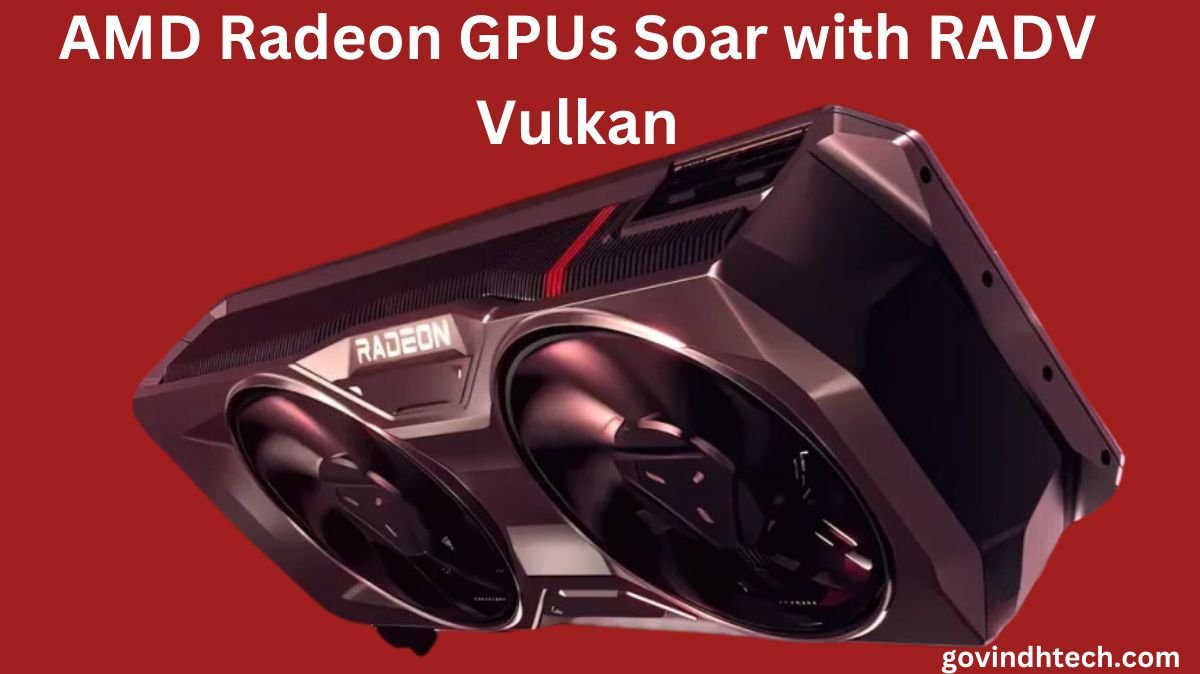MESA RADV Vulkan Boosts AMD Radeon GPUs Ray Tracing
Under Linux, MESA “RADV” Vulkan drivers significantly increase the ray tracing speed of AMD Radeon GPUs. Open-Source Radeon Vulkan Driver Improvement Scores Superb Ray-Tracing Results
Recent development of the RADV Vulkan driver for AMD Radeon GPUs has advanced significantly, particularly in terms of hardware support, ongoing optimization, and bug corrections. It seems that MESA has finally produced answers for the “mature” driver and software resource shortages that have up till now hindered ray tracing on Linux.
With the newest AMD Radeon GPUs, the new Radeon Vulkan driver has been tuned to provide notable performance gains.
Radeon Vulkan driver “RADV” is seeing much improved Vulkan ray-tracing performance in some games thanks to a modification that was merged today for Mesa 24.0.
For the last two months, developer Friedrich Vock has been working on a modification that would convert 1D ray launches to 2D. Owing to misaligned dispatches, 1D launches need just eight threads each wave however, switching to 2D launches greatly boosts occupancy.
Ghostwhire Tokyo now runs roughly 30% faster thanks to a patch that only affects around 100 lines of code in RADV and the AMD ACO compiler.
There are some even more intriguing stats in the MR’s comments. Using a Radeon RX 6700 XT, Adriano Martins evaluated the modification and discovered 10~75% improved performance for a variety of ray-traced games.
Developer Friedrich Vock has been driving the new MESA 24.0 release for about a month. The conversion of 1D ray launches to 2D has been adjusted to utilize more threads on a GPU and hence enhance speed, albeit the improvement is not very important in terms of effort. The first performance tests using the newly released MESA “RADV” Vulkan driver, made available by the MESA community on FreeDesktop.org, are shown below.
Using a Radeon RX 7900 XT, Adam Niederer examined this modification further and discovered gains of up to 140–200% in titles like Chrous, as well as significant victories in
Ghostwire: Tokyo and The Witcher 3.
The developer saw a 30% boost in Ghostwire:
Tokyo’s performance after using the updated drivers. Furthermore, testing using AMD’s Radeon RX 6700 XT revealed a notable 15% boost in ray tracing performance in a number of games, including
The Witcher 3: Wild Hunt and
Hellblade: Senua’s Sacrifice.
Significant performance improvements were also shown by the AMD Radeon RX 7900 XT, with values rising as high as 200%. The novel driving states and ongoing improvements over time are to blame for this.
It was nice RADV a technique called gains for Mesa 24.0, who is expected to ship as an official release towards the end graphics February as well as be included in Amazon 40 and Linux 24.04 Ltd sometime in the spring. Over the last two years, there has been a noticeable improvement in the RADV ray-tracing performance.
AMD’s Vulkan “AMDVLK” driver may soon have competition from the MESA RADV Vulkan driver. Updates from third-party developers increase performance and support out-of-date hardware. AMD has to maintain its competitiveness, although MESA seems to be ahead at the moment on Linux.

